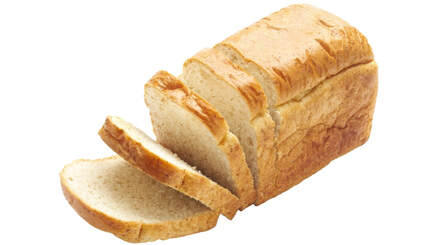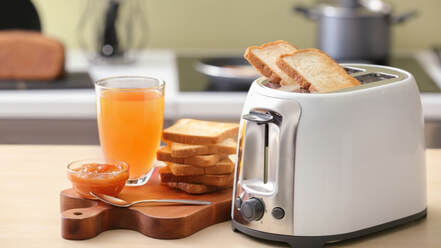Fart Blossom's
Recipes & Food Facts
Enter Search Term
(such as : chicken, vitamin A, pinto beans, #foodfact, dinner)
(such as : chicken, vitamin A, pinto beans, #foodfact, dinner)
*Me mum called me Fart Blossom when I was little.



 RSS Feed
RSS Feed